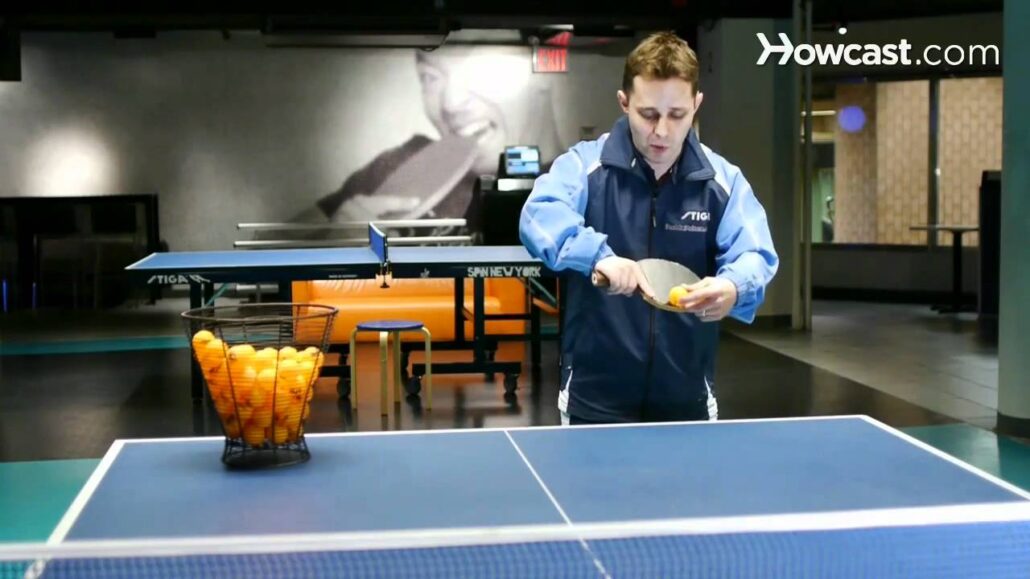
How to Return a Table Tennis Serve | Ping Pong
Put some Spin on that Backhand:
Ping-Pong Diplomacy: The Secret History Behind the Game: http://amzn.to/1OcY7dY
Newgy Robo-Pong Table Tennis Robot: http://amzn.to/1Nv0wiE
Champion Sports Table Tennis To Go Set: http://amzn.to/1OV8K2k
Ball Catch Table Tennis Net: http://amzn.to/1UTp1Xf
iPong Table Tennis Training Robot: http://amzn.to/1LwvCSp
Viper Arlington Indoor Table Tennis Table: http://amzn.to/1Ke5LAV
Watch more How to Play Table Tennis (Ping Pong) videos: http://www.howcast.com/videos/457044-How-to-Return-a-Table-Tennis-Serve-Ping-Pong
Ping pong is enjoying a surge in popularity and professional tennis table player Tahl Leibovitz is here to help you jump on the bandwagon. In this video, he’ll teach you how to return a serve.
My name is Tahl Leibovitz and I’m here at SPiN, New York. I am a professional table tennis player who has been competing internationally since 1995. I am here today to speak to you about the intermediate and beginner aspects of the Olympic sport of table tennis. I’m going to demonstrate how to return a service in table tennis. One of the most under-practiced skills in table tennis is serve return. Even at the highest levels in the United States we never see players practicing serve return. One of the things we have to know is the difference between the two types of serve return in regard to distance. We have the short service where people serve short and the ball bounces at least twice on the table and we have the long service whenit’s one bounce. Now when the player serves one bounce and the bounce is long we need to attack that service. That means we either need to smash it or spin it. So if we have our opponent serve a long service we need try to start and attack the ball becauseit’s long. Now what we do when we try use more of our body and the reason is that when we’re off the table we need to be able to use more of our body. When we’re on the table we use more of our forearms and our risk. With the long service we do the same, the back hand stroke. Now the other thing that is really important is we have to watch the players contact because when the player serves they sometimes contact under the ball, they sometimes contact on the side. So here that’s side under, side top. So what’s really important, when the player goes underneath the ball we have to try to go underneath the ball; when the player goes on top of the ball we need to try to go on top of the ball. The other thing that’s important is when the player moves their racket toward one side we need to move toward the other side. So if I see my player moving this way I want to move my racket that way. So that’s also very important. And the final thing is the short service. When the ball is short you need to move your forearm and your wrist. My opponent is serving a short service I just use my, I just touch the ball, very short. I can do many other things, I can try to flip if I want. But the main key in service return is watching were your opponent touches the ball. Are they contacting underneath? Are they contacting on the top? Are they contacting on the side? The other thing is you have to watch the speed of the ball. When somebody serves under spin, it is very hard to make the ball go travel fast,it’s not going to go on the table. Usually if you see your opponent serving and the ball goes slow, most of the time it is under spin, not all of the time but most of the time. So try to pay attention to the speed of the ball and the contact. And that’s the service return.
source